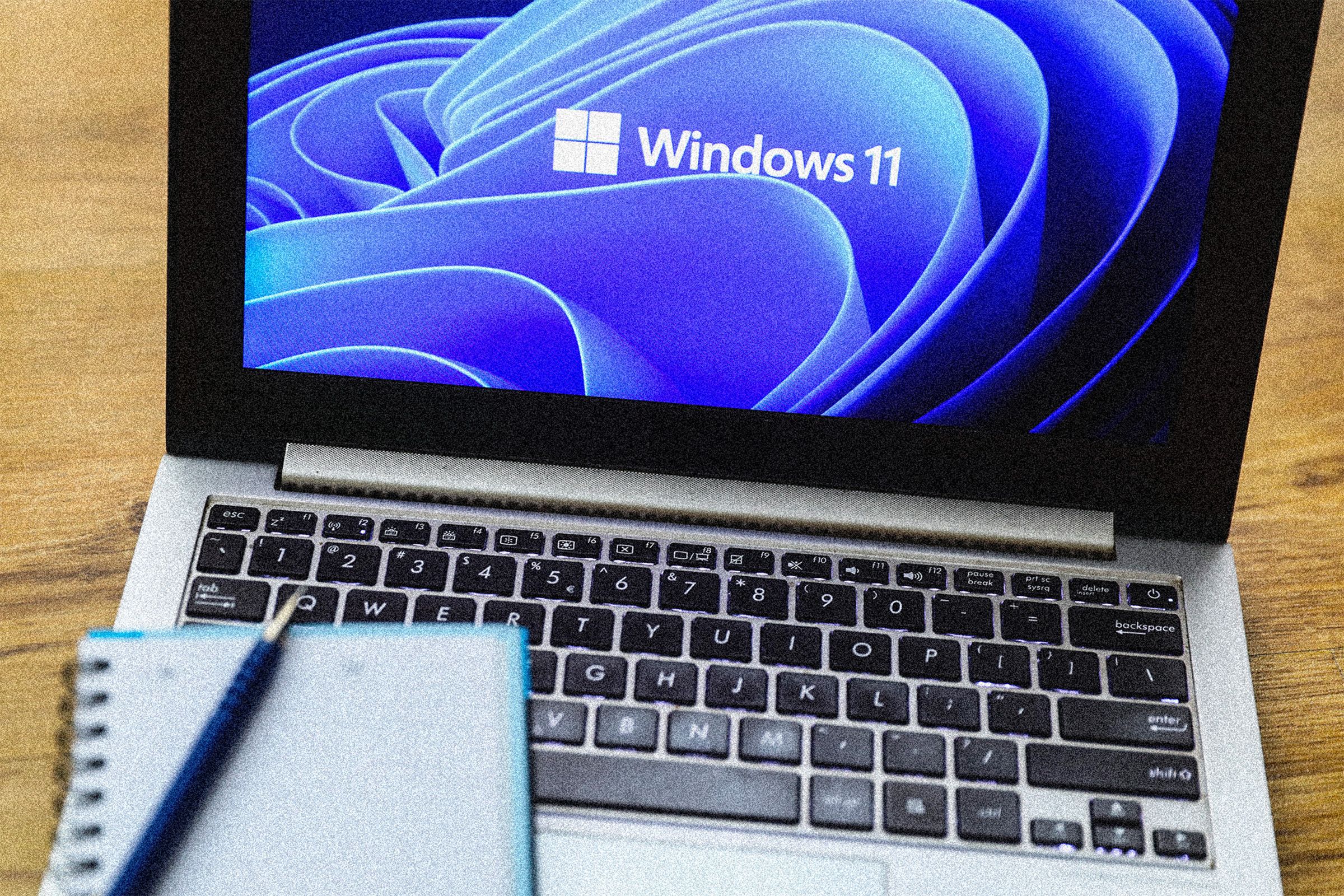If you’re a Windows 11 user, and specifically an owner of a Microsoft Copilot+ PC that has the necessary AI processing power, you can now take advantage of Windows Recall. It works like a memory for your computer, using screenshots to keep track of everything you’re doing on Windows, and then letting you search back through it.
The idea is to give you something like your web browsing history, but for the whole computer. If you remember an app, document, web page, or file you need to get to several hours or days later, Windows Recall can help. Thanks to Microsoft’s Copilot AI, it can not only grab screenshots, but understand what’s in them.
Windows Recall isn’t the first tool to do this, but it has been met with a lot of criticism from a lot of users, who would rather their every computing move wasn’t being recorded. Security researchers have also shown how it can be easily hacked.
So just how serious are those security and privacy concerns? And if you have Windows Recall on your PC, should you turn it on? Here’s what you need to know.
How Windows Recall Works

You can filter out specific apps and websites from Recall.Courtesy of David Nield
It’s fair to say the initial reaction to Windows Recall wasn’t hugely positive: The problem with a memory for your PC is that other people might gain access to it, including staff at Microsoft—which potentially means those people are able to see your browsing history, your sensitive documents, your private messages, and potentially anything you looked at on your computer screen. The backlash was so strong that Microsoft pulled Recall for a while.
Now it’s back, with changes. First, Recall is going to be off by default. It will not suddenly start tracking you without your knowledge. You need to deliberately turn it on if you want to use it. Second, all of the screenshots and other information Recall captures are stored locally on your PC. Nothing that Windows Recall does is sent to Microsoft’s servers or anywhere else on the web. Files are also encrypted, making them much harder for bad actors to access.
Third, Windows Hello authentication is required to get at Windows Recall. If someone gains access to your PC, they can’t open Recall without going through a face or fingerprint scan process, or entering your PIN, so it’s a level of protection similar to what’s on your phone. Fourth, you have the option to not save screenshots when sensitive information (such as passwords or credit card numbers) are on screen. You’re also able to delete screenshots at any time.
It’s quite a comprehensive package of protections, and Microsoft is hoping that it’ll be enough to make you trust Recall and enable it. In return, you get the convenience of being able to retrace your steps at any point, and jump back to previous files or tasks even if you’re only able to half remember them. Recall has the potential to be useful, but it’s understandable why concerns have been raised about it.
Ultimately, it’s a question of how much you trust Microsoft and the security around your PC. Technically, someone at Google could be snooping on your Chrome history and Gmail messages if you sync that information between devices—but Google promises that won’t happen, and millions of users accept that promise in return for using all of Google’s apps and tools for free. Now there’s a similar decision to be made with Windows Recall.
Use Windows Recall on a PC

Your screengrabs become searchable, and interactive.Courtesy of David Nield
If you want to turn on Recall to be your long-term computer memory assistant—or just for a short-term test—you can find it as one of the apps on your PC. Just search for “Recall” using the search box at the top of the Start menu. You’ll be taken through the setup process, which includes verifying your user account identity.
While Windows Recall is running, you’ll see an icon for it in the notification area on the right-hand side of the taskbar. Click its icon, and you can open the main interface, temporarily pause recording, and choose More Recall settings, which takes you to a list of options for the feature.
There’s a lot you can do from this options screen, including disabling Recall. You can set how much storage space the feature is allowed to take up on disk (once you reach that limit, the oldest snapshots will be deleted first), you can delete some or all of the snapshots from the archive, and you can specify particular apps and websites that can’t be screenshotted (so you can leave your bank website out of Recall, for instance).
When it comes to the main Recall interface, you’ll be shown the most recent snapshot first. It’ll probably be something you were just doing on your PC. Use the timeline at the top of the screen to go forwards or backwards in time, and hover over anything in a screenshot to interact with it. Available actions include copying text and images, running web searches, summarizing text, and editing pictures.
The search box up at the top of the Recall interface lets you look for apps, text, images, and more. You could type out a headline from a web page you remember, or type “notepad” to see all the times you’ve opened that app. Click through, and you’re able to jump right back to whatever website or file you were looking at. And of course, the longer you use the feature, the more useful this digital memory becomes.




